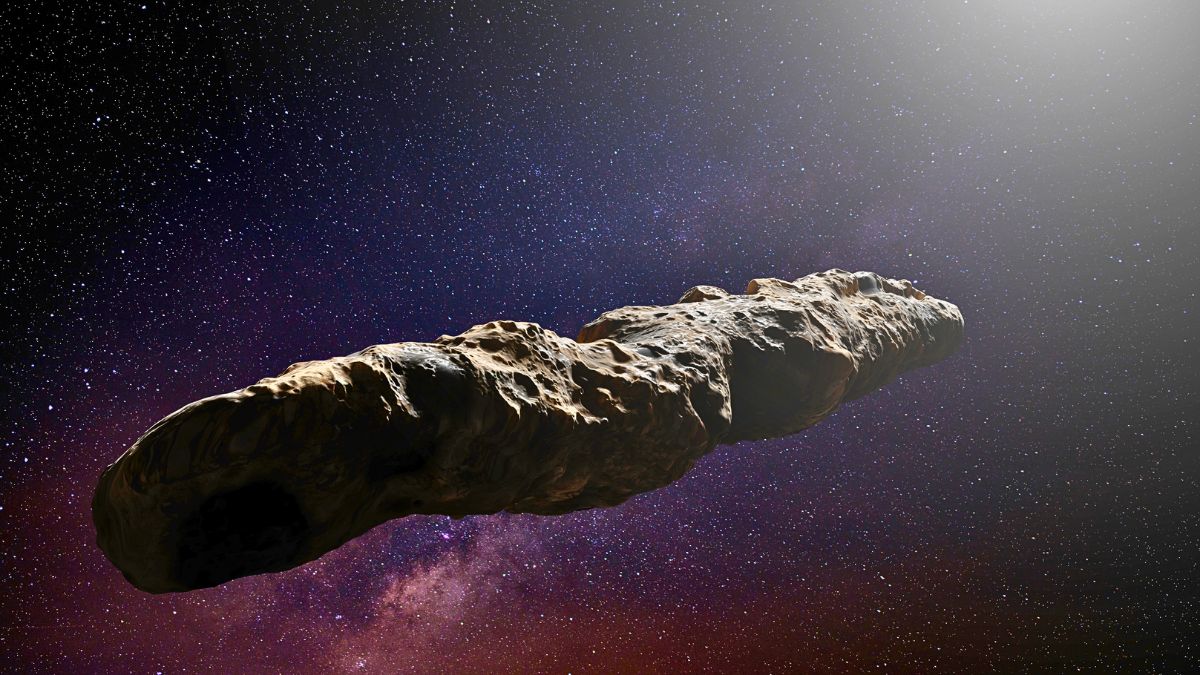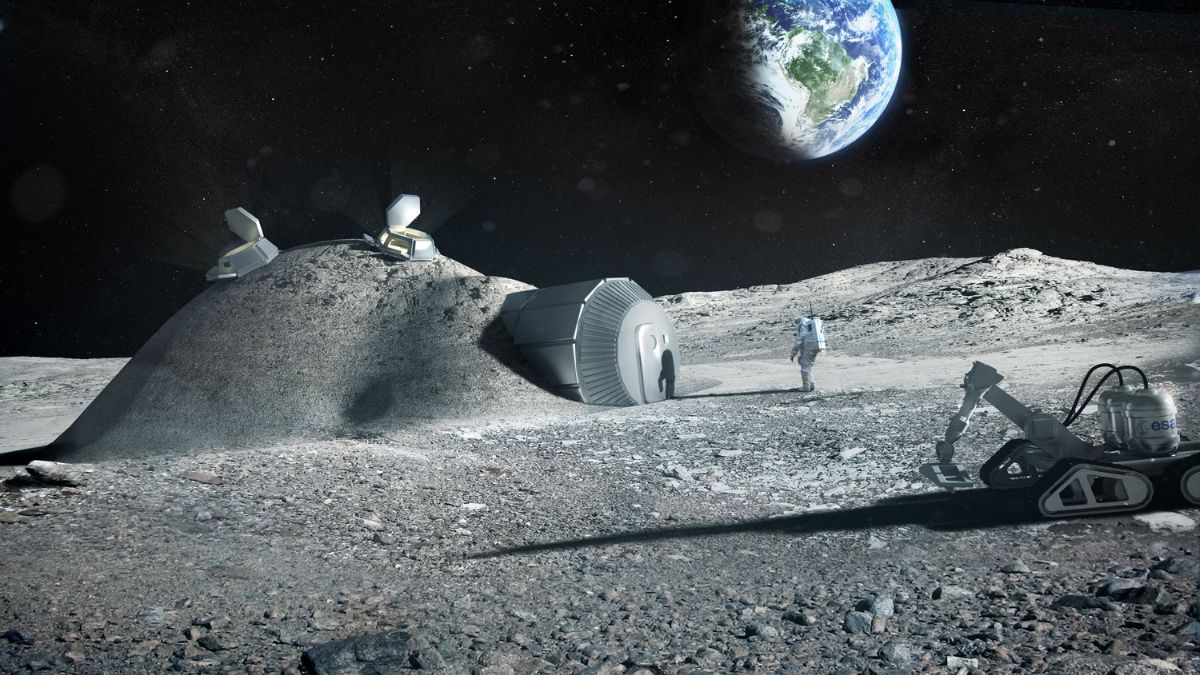Picture this: a silent relic born in an age when Earth didn’t even exist—no oceans, no forests, no life. Just the cold, barren surface of a young Mars. And now, billions of years later, this ancient object has come into view, thanks to NASA’s tireless Curiosity rover. What it found isn’t a comet or a fossil, but a delicately sculpted stone “flower” that quietly holds the memory of water, time, and the untold story of a planet that once may have looked a lot like our own.
Discovery
The scene is Gale Crater. It’s been Curiosity’s home since 2012. Over the years, the rover has crawled across more than 35 kilometers of rugged Martian terrain, constantly scanning the surface. But on July 24, 2025, something different showed up in its lens — a branching mineral structure, perfectly shaped and eerily beautiful.
It’s not life, not even close. But it is proof of what once was. Billions of years ago, this “flower” began to form when water — yes, water — moved through rock fractures, leaving behind dissolved minerals. As the water vanished, the minerals crystallized. Then, after eons of wind erosion, only the hardened veins remained, exposed like desert jewelry in a cosmic time capsule.
Formation
So how does something that fragile survive for billions of years on an unforgiving planet?
Let’s break it down:
- The birth – Water seeps into tiny cracks. Minerals like silica and sulfates form inside, slowly building a rigid skeleton.
- The armor – These mineral structures are tougher than the surrounding rock, acting like armor.
- The reveal – Wind erosion strips away the softer material, revealing the hardened formation — the stone “flower.”
Here’s how the process compares on Earth and Mars:
| Planet | Example | Key Conditions |
|---|---|---|
| Earth | Crystal caves, Atacama | Water, heat, underground activity |
| Mars | Mineral flowers | Ancient water, wind erosion |
This is nature’s slow-motion sculpture, a geological performance spanning billions of years.
Significance
Why does this matter? Because every rock like this is a frozen moment from when Mars had lakes, rivers, and maybe the right ingredients for life. These mineral veins suggest that water lingered longer than we once thought — and where there’s water, there’s potential.
Curiosity’s earlier find of a similar flower-like rock in 2022 raised the same tantalizing questions. Now, with this new discovery, those whispers are getting louder: how long did Mars stay wet? Could microbes have ever lived here?
The flower doesn’t answer these questions directly — but it doesn’t have to. Its existence proves that Mars wasn’t always dry and dead. There was movement, chemistry, and change. That’s a story worth chasing.
Survival
Curiosity is a survivor in its own right. Thirteen years on Mars is no small feat. Its plutonium-powered generator is aging, producing less electricity each year. Still, the mission thrives — thanks to smart engineering and clever hacks.
- The team taught the rover to multitask, like driving while sending data.
- It knows when to power down if it finishes a task early.
- Custom algorithms protect the wheels, now worn thin from rocky terrain.
- Engineers even found ways to drill without stressing the aging hardware.
Curiosity might be old, but it’s far from done. It still roams the Martian landscape, searching for new clues and revealing secrets hidden for billions of years.
And sometimes, it uncovers something poetic — like a stone flower blooming in silence, untouched by life, but full of meaning.
FAQs
What is the stone flower on Mars?
A mineral formation shaped by ancient water movement.
How old is the Mars flower rock?
It dates back billions of years, before Earth formed.
Did life create the flower rock?
No, it’s purely geological — not a fossil or lifeform.
How is Curiosity still working?
It uses plutonium power and smart software updates.
Why is this discovery important?
It shows Mars had water and complex chemical processes.























